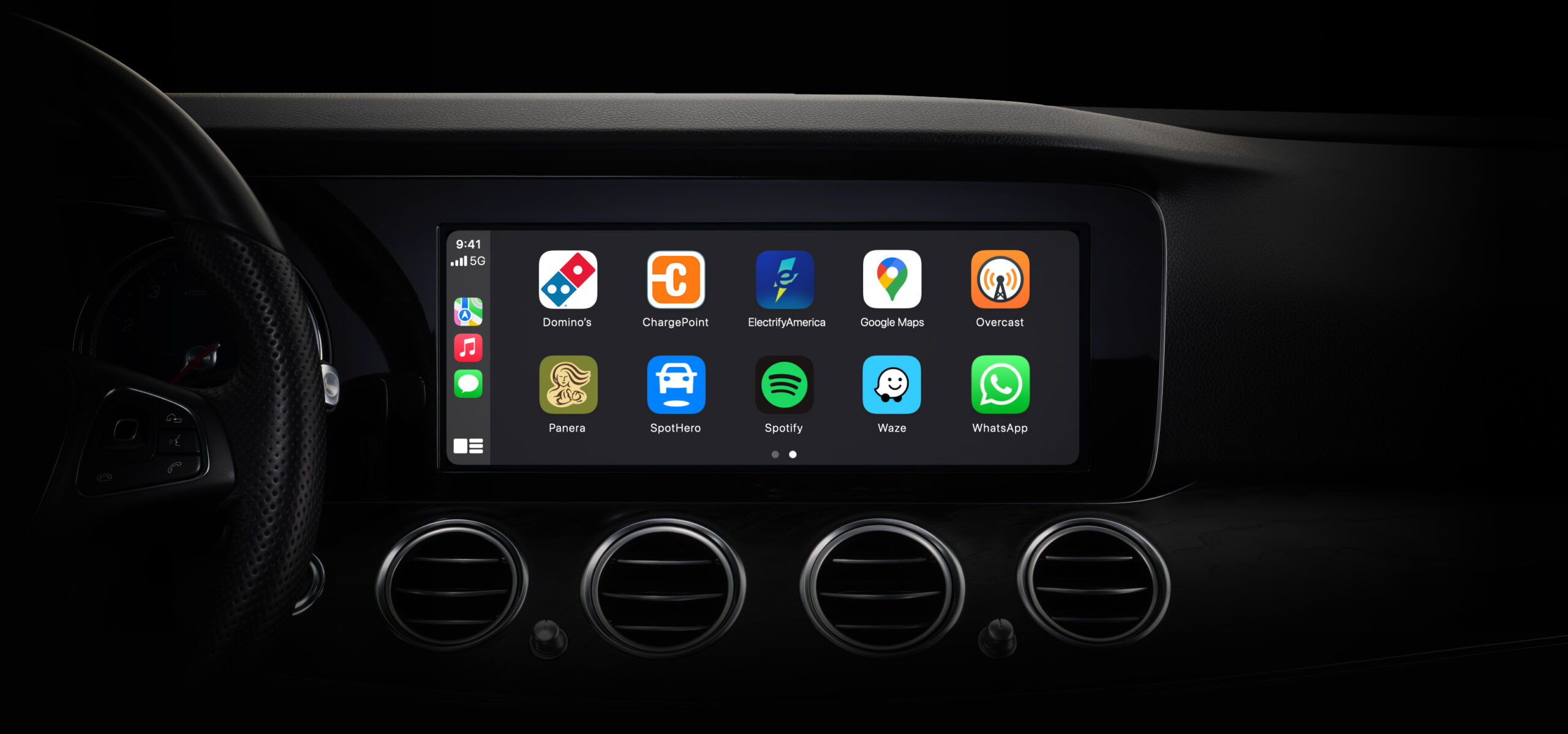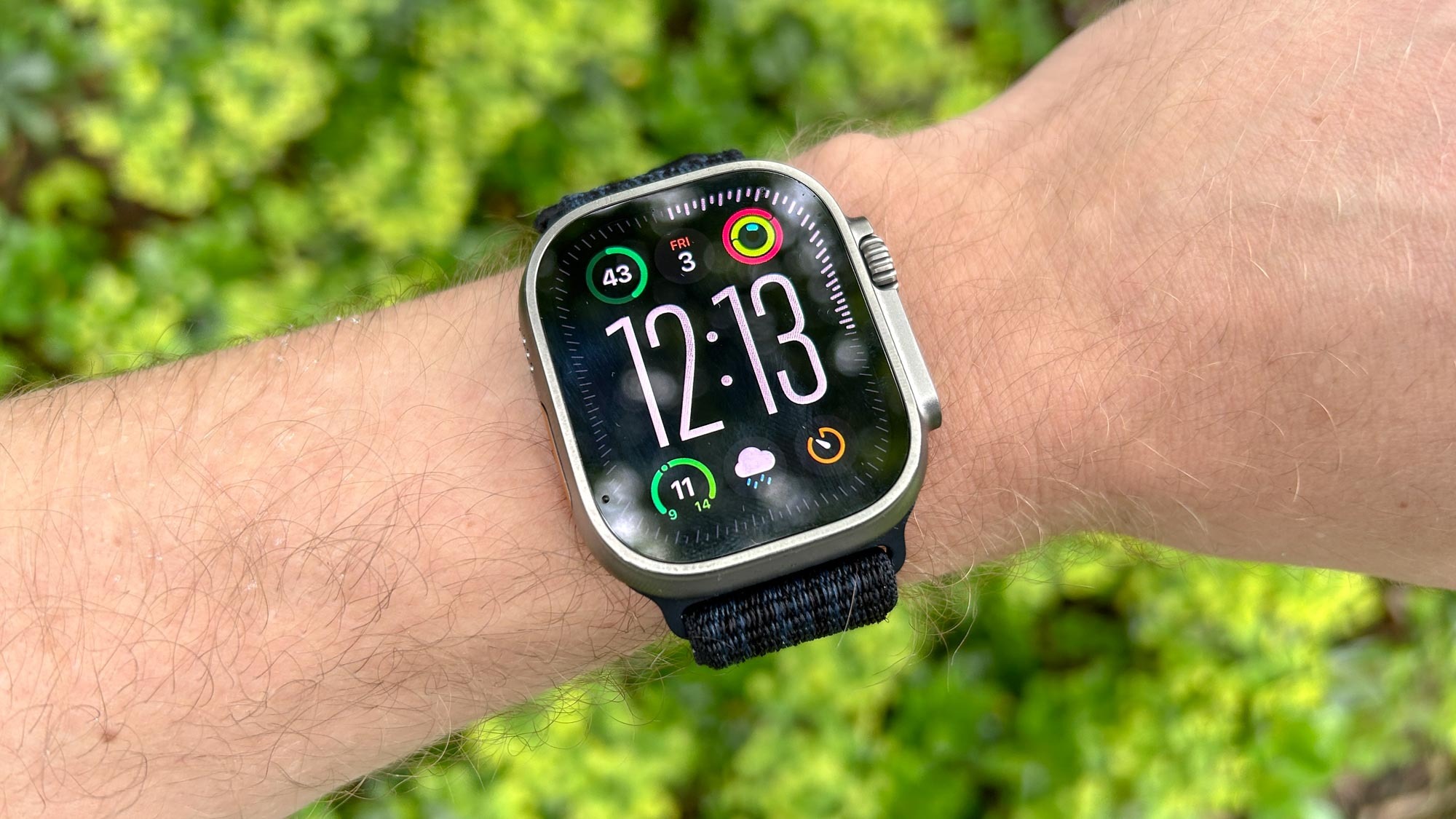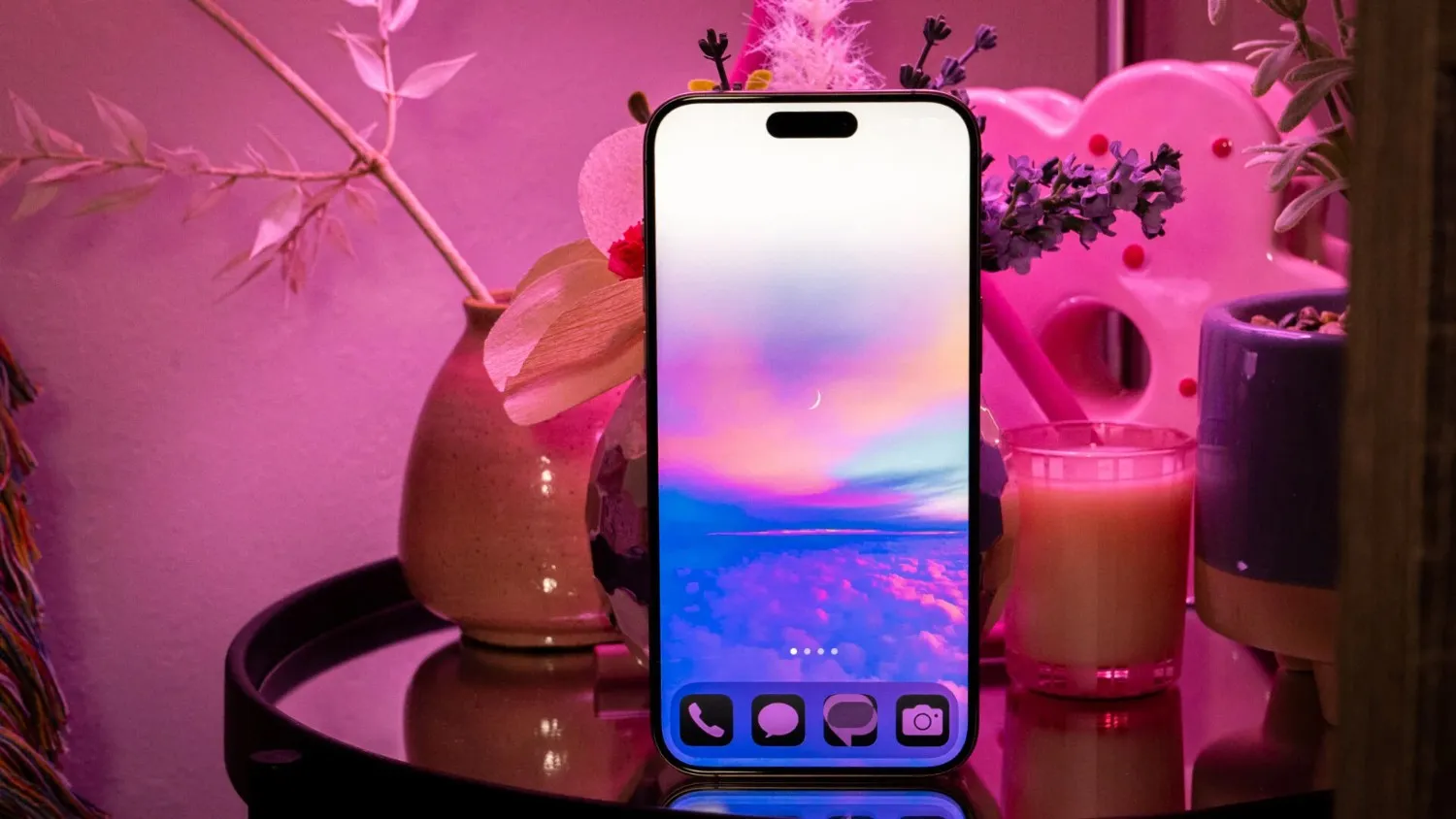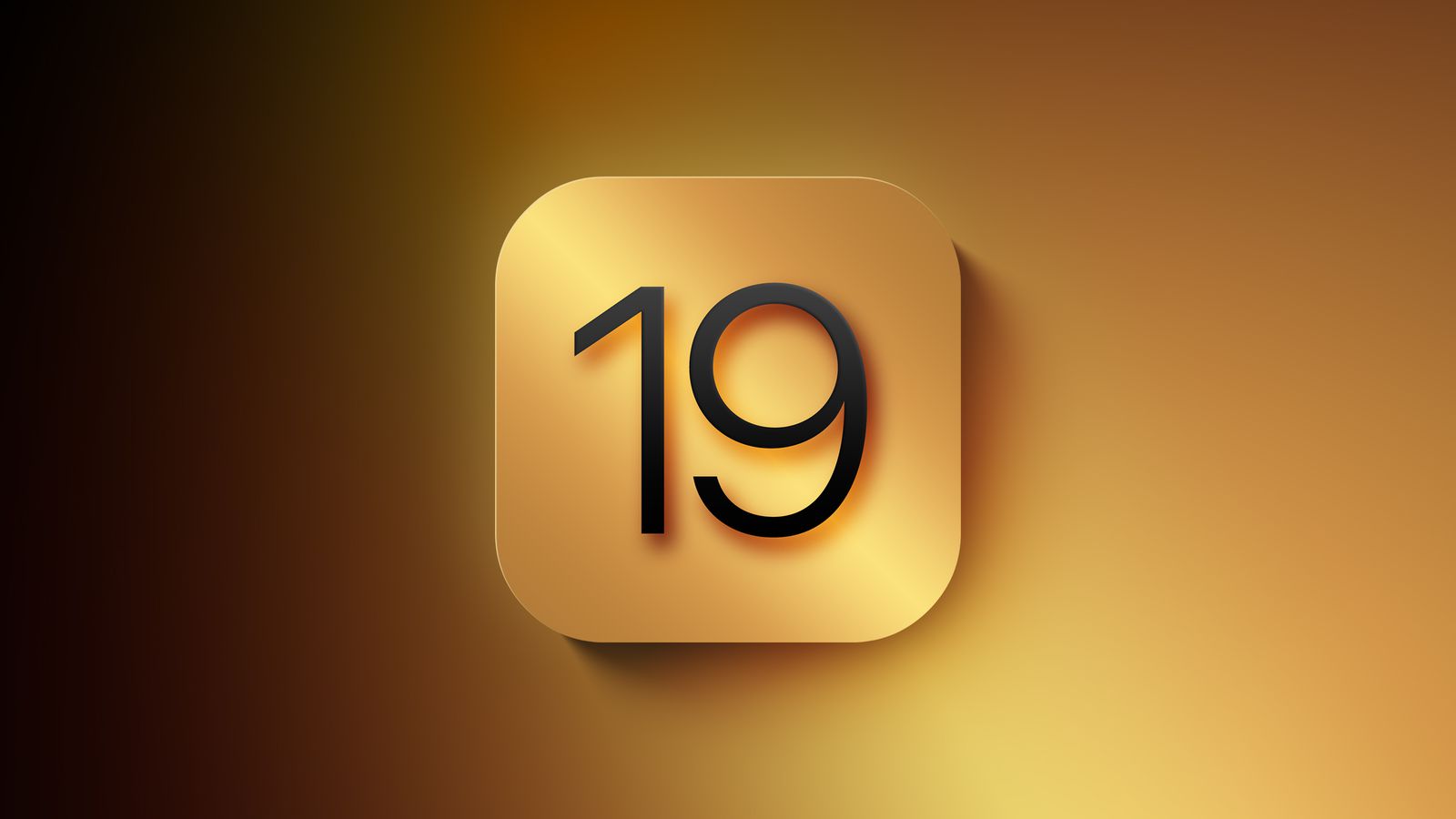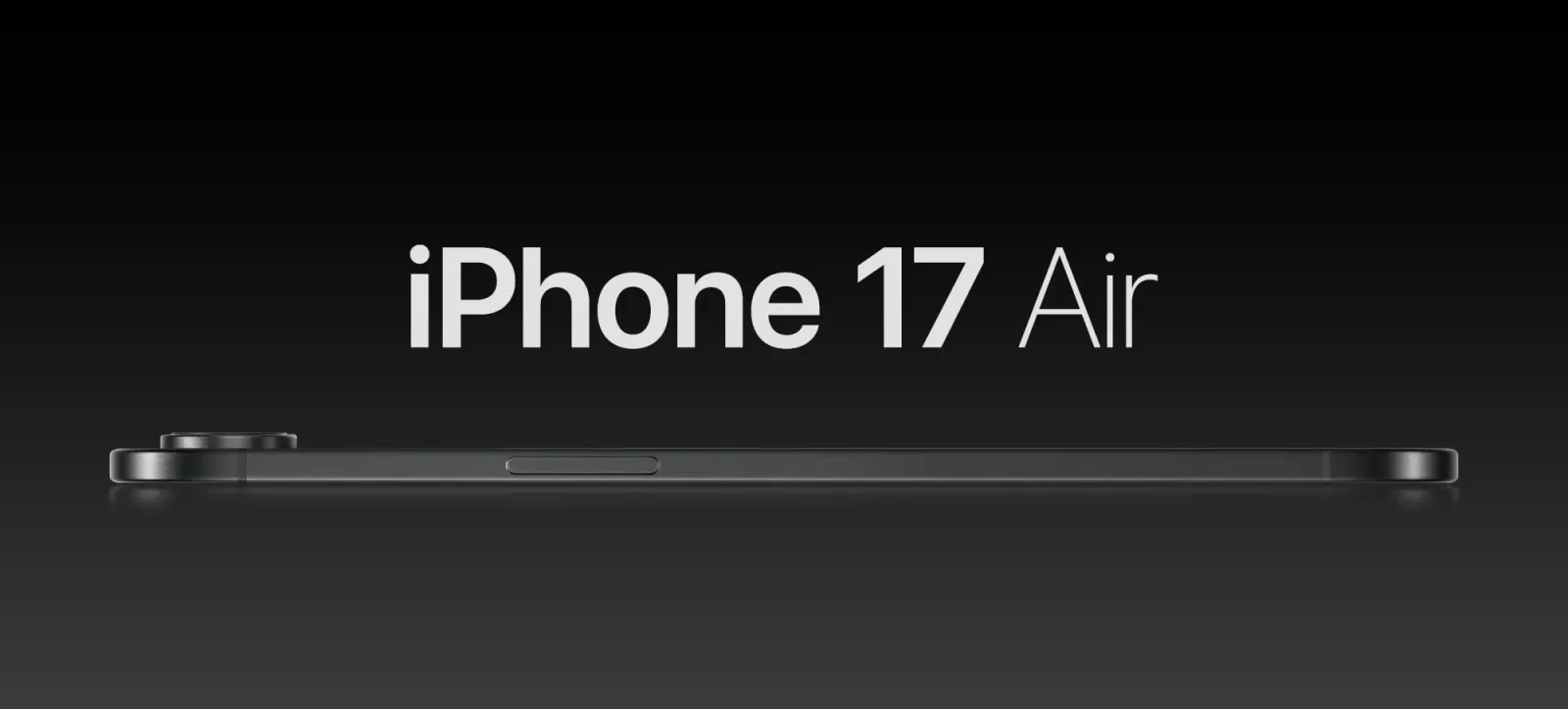Land Rover has surprised many by adding wireless Apple CarPlay to some of its older vehicles, including Range Rovers that are over 15 years old. The update uses “period-correct” hardware, meaning it fits well with the car’s original design. This upgrade was shown on a 2008 Range Rover Vogue and a 2012 Range Rover Sport. These systems now allow owners to use modern smartphone features without changing the look and feel of their classic cars.
The CarPlay setup includes a new screen, control knob, and a special software system that connects wirelessly to iPhones. It blends old and new technology, letting drivers enjoy modern convenience while keeping the vintage style. Land Rover Classic says the upgrade was made to feel just like a factory install from the early 2000s.
At the same time, Apple has released iOS 18.4, which brings three new features to CarPlay. First, drivers can now choose which service handles music requests through Siri — for example, asking Siri to always use Spotify instead of Apple Music. Second, the Messages app on CarPlay has an improved interface, making it easier to read and reply to texts. Lastly, the Podcasts app also gets a better design, showing more details and making it easier to use while driving.
Together, these updates make both old and new CarPlay systems more useful and enjoyable for drivers.
